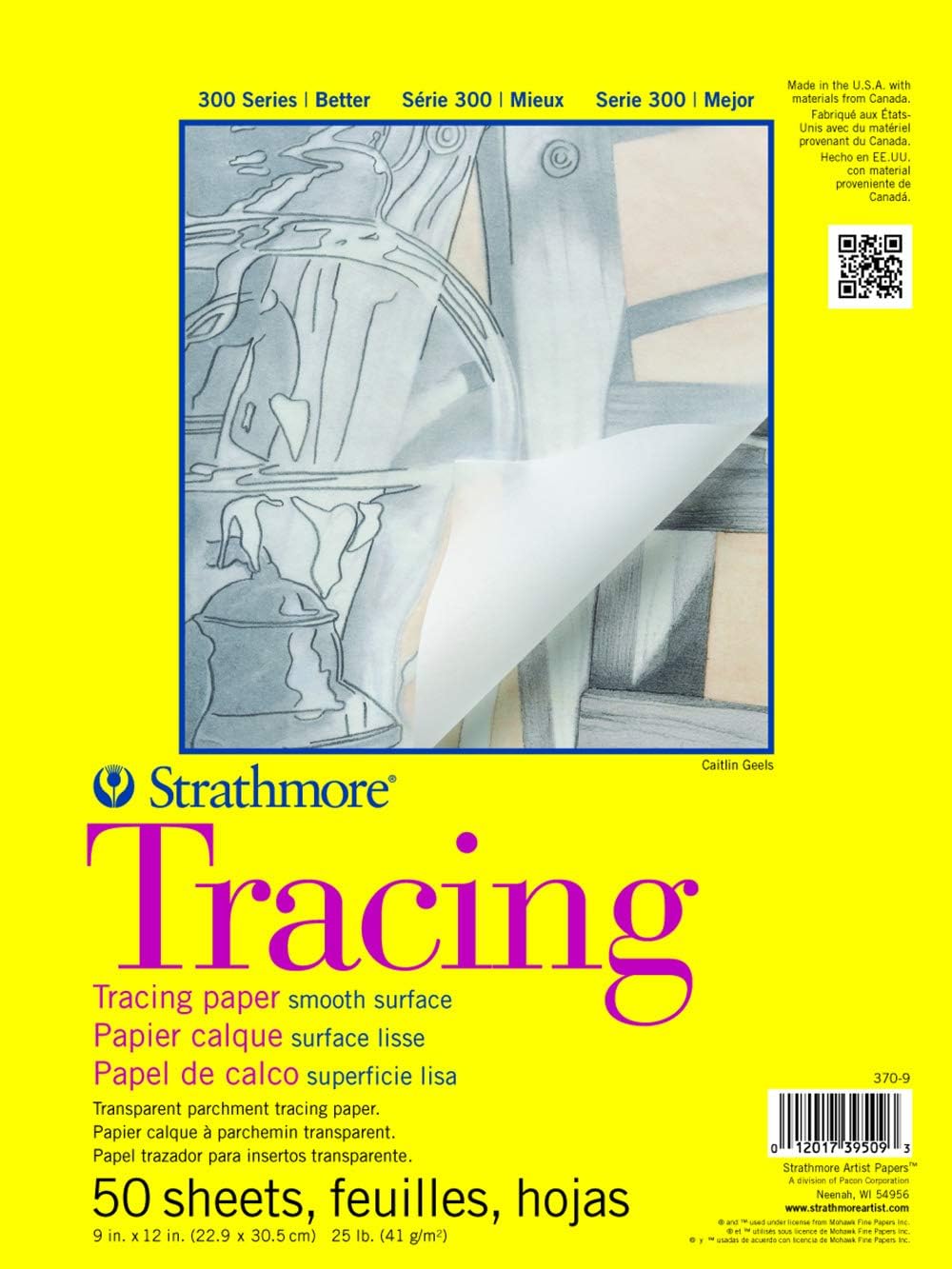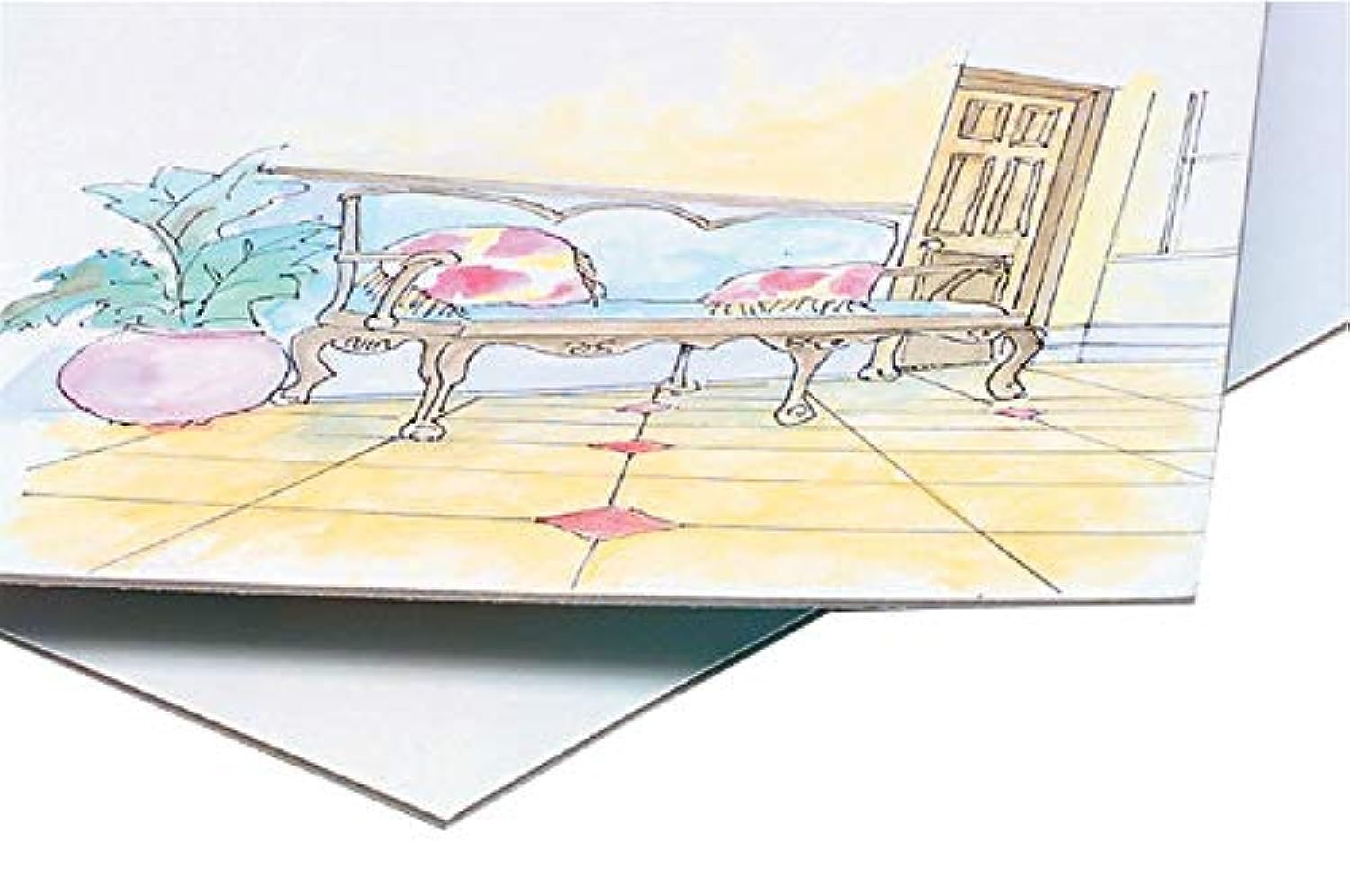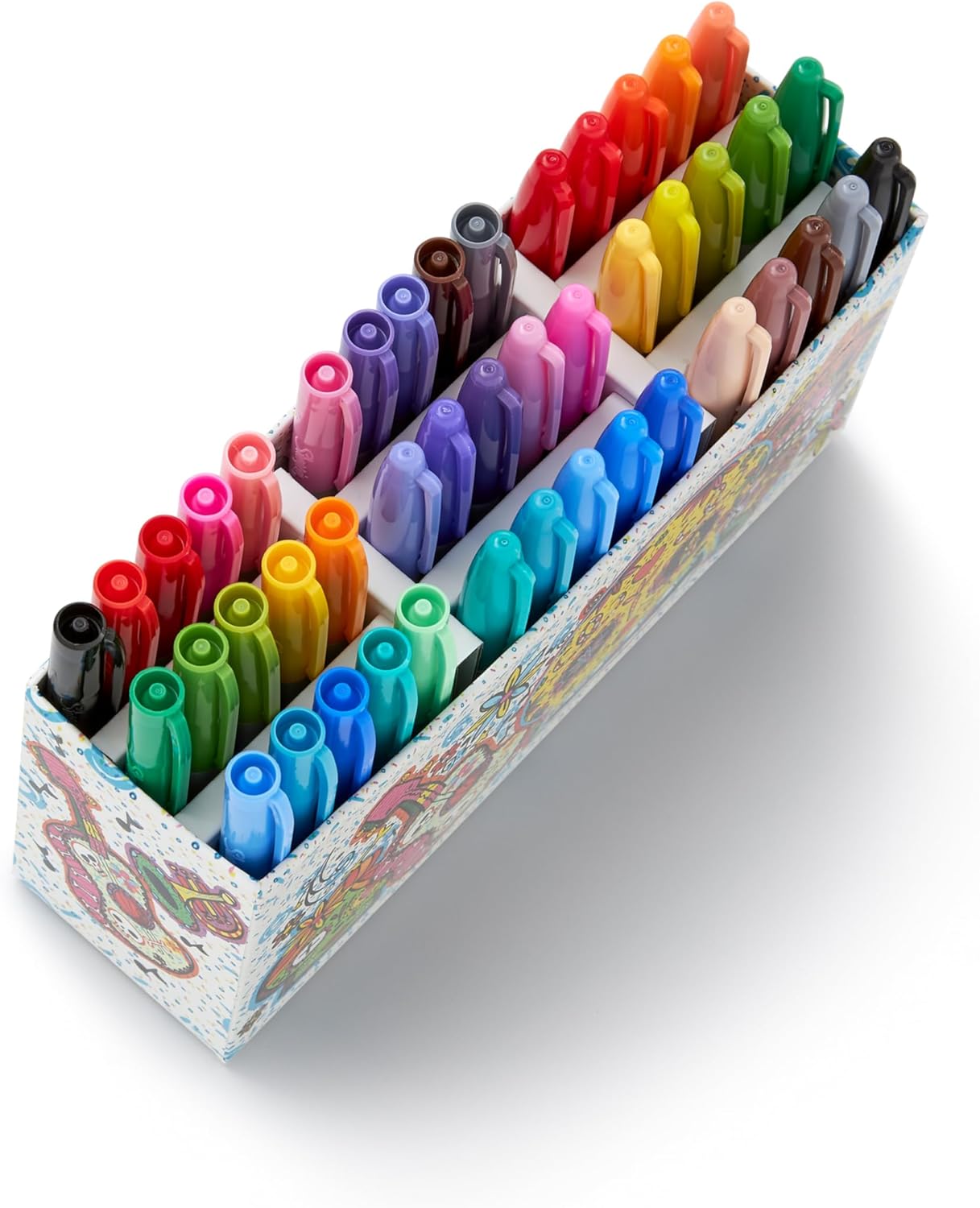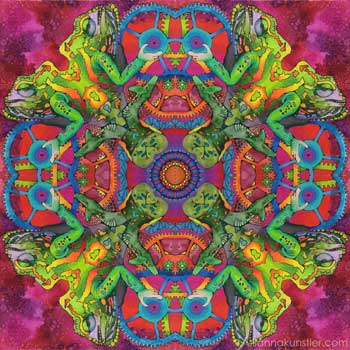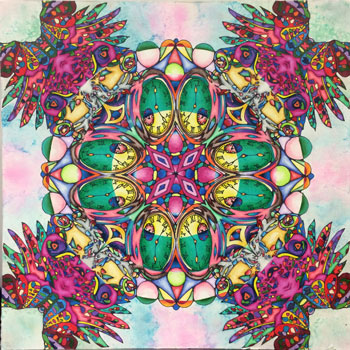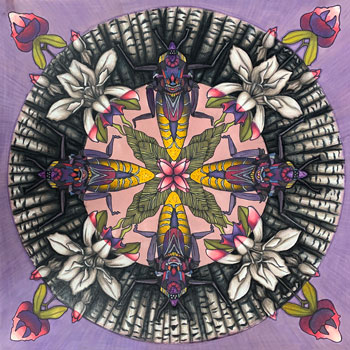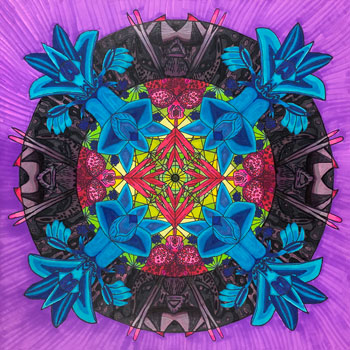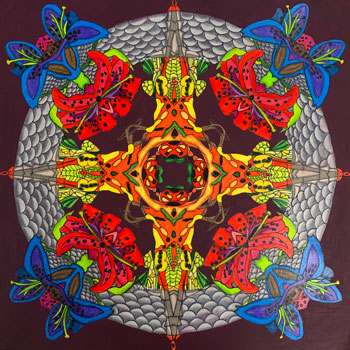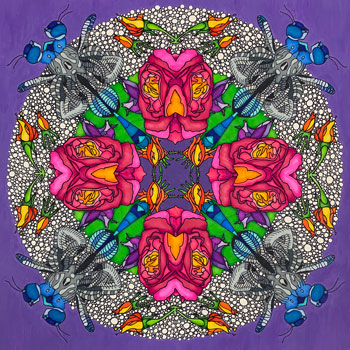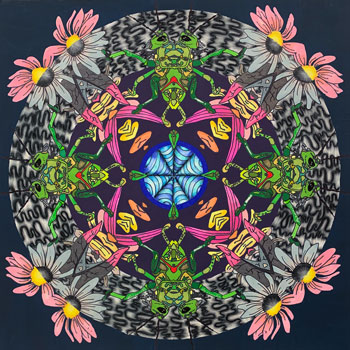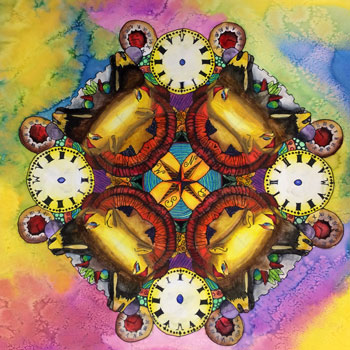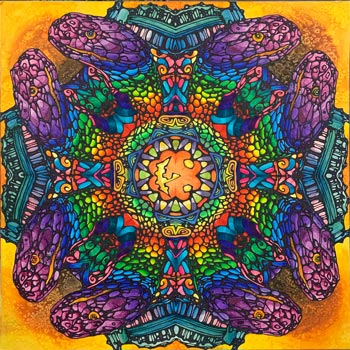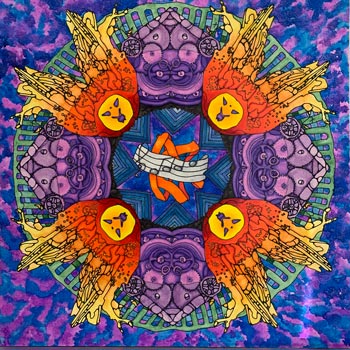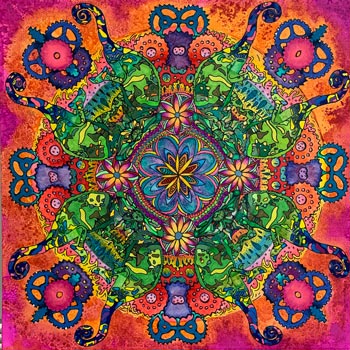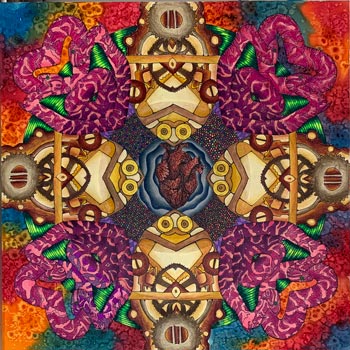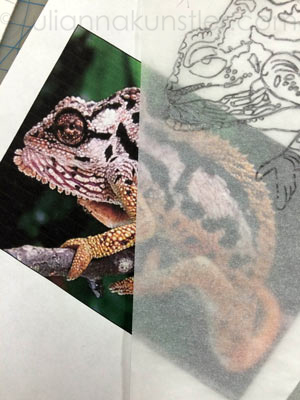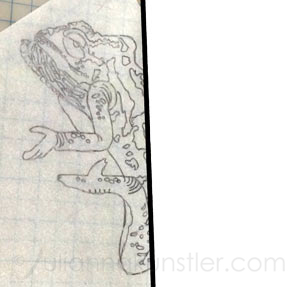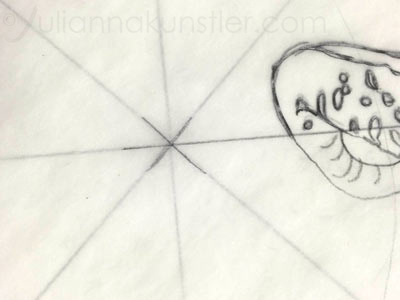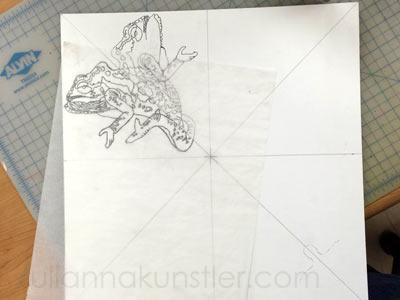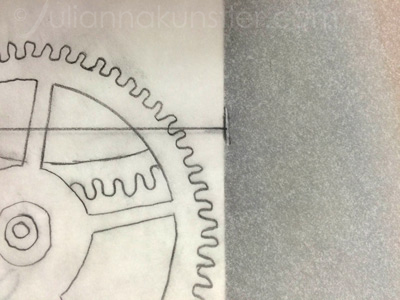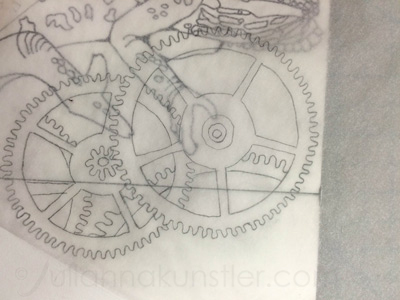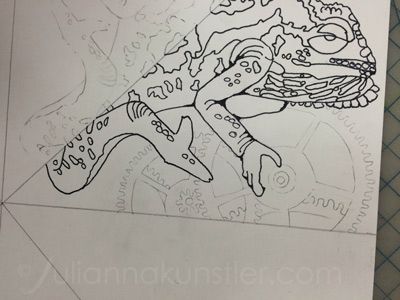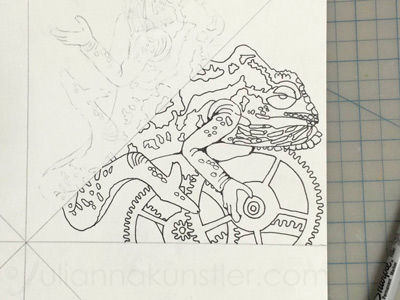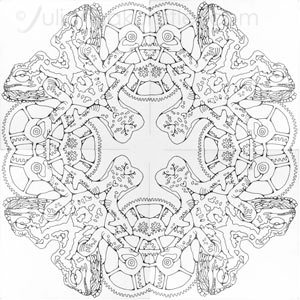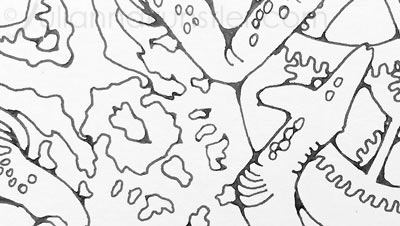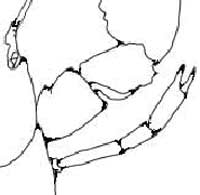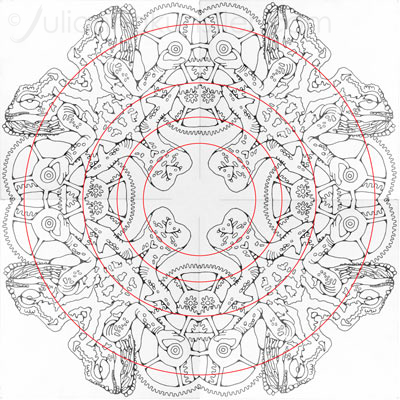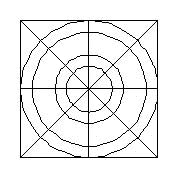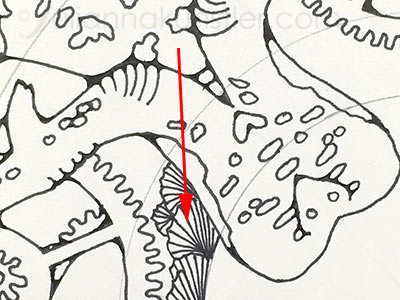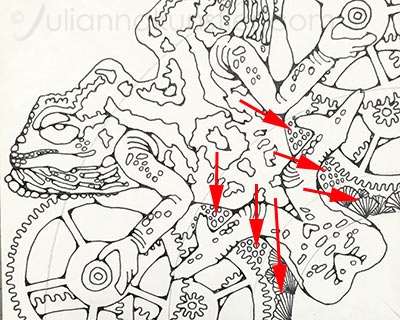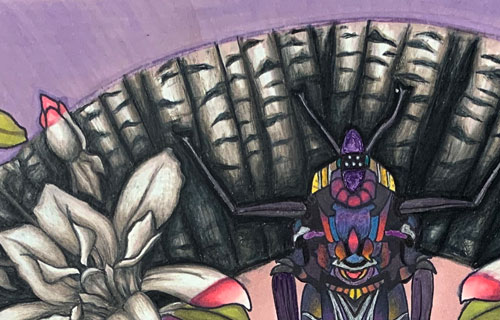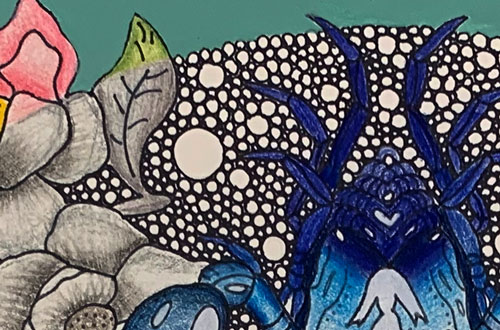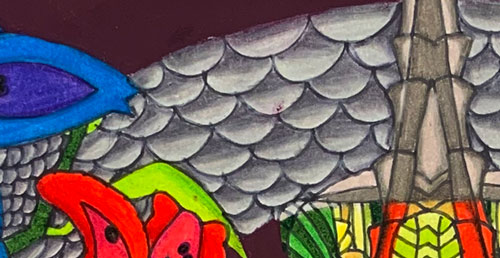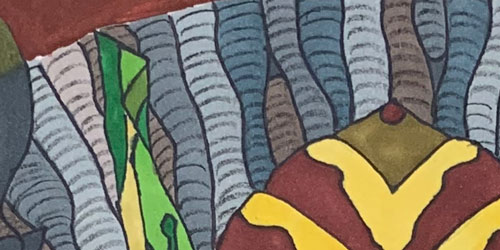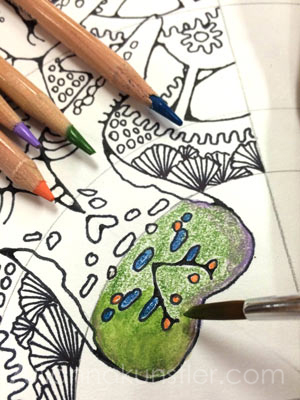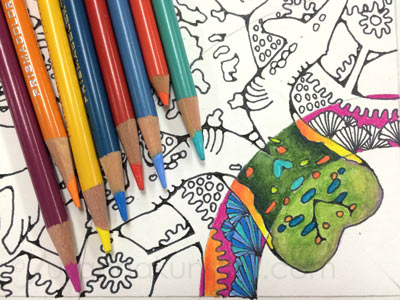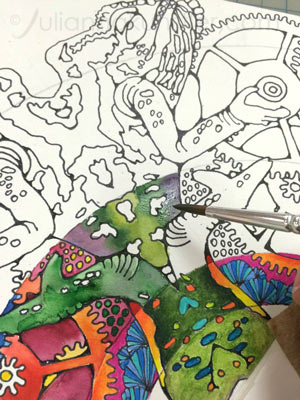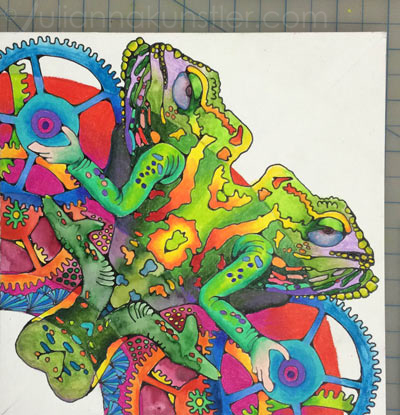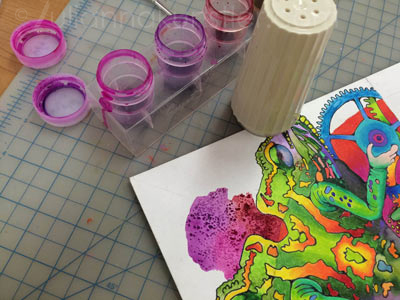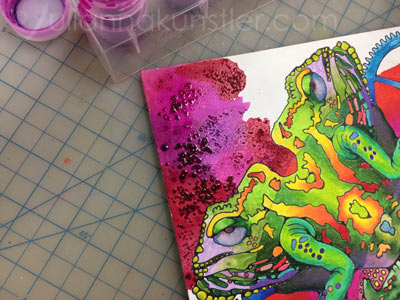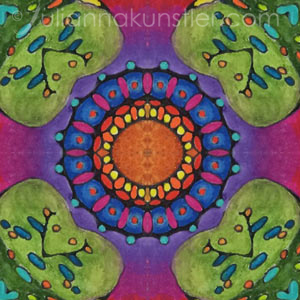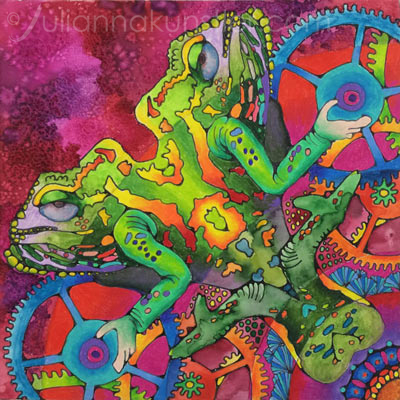
By The original uploader was Colonel Warden at English Wikipedia. - Transferred from en.wikipedia to Commons by SMasters using CommonsHelper., CC BY-SA 3.0
WI State Standards:
- AA Cr11h
Plan: Formulate original concepts by practice, experimentation, and revision. (planning/experimentation) - AA Cr12h
Make: Create works of art that introduce students to media, care of tools, and basic craftsmanship skills.
(skills) - AA Pr10h
Develop Meaning: Curate a body of work incorporating personal, historical and contemporary art to communicate one or more points of view.
(aesthetics / communication)
Learning targets:
- Use planning (sketching) to develop a unique outcome
- Create an original artwork
- Combine multiple media to achieve an aesthetic effect.
- Learn about mandala art form
- Create a mandala and make it personal
- Use shape contrast: organic shapes vs. geometric shapes
- Line stylizing
- Image transfer
- Composition balance: circular design
- Exercise and demonstrate use and mastery of the elements of art
- Exercise and demonstrate use and mastery of colored pencil drawing and shading techniques
- mixed media color application:
- colored pencils
- watercolor pencils
- watercolor
- concentrated watercolors and salt
- optional: gel pens .
in a nutshell
1. Standard AA Cr11h (planning/experimentation): Research and prep work.
2. Standards AA Cr12h (skills): Tracing, drawing, stylizing, and coloring skills
3. AAPr10h (aesthetics/communication): complexity, craftsmanship and the message of the mandala.
history of mandala
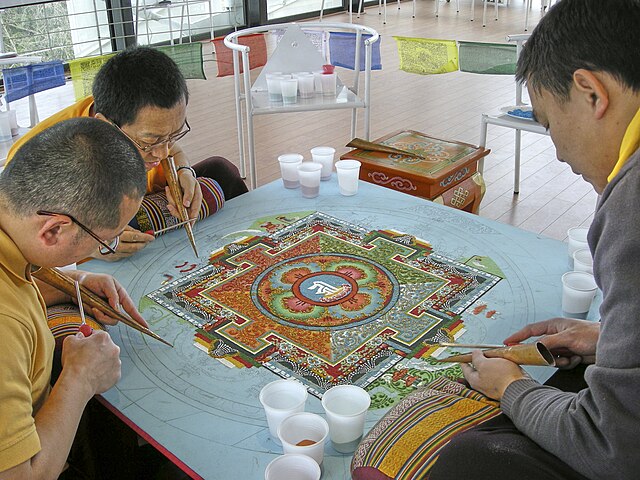
The monks use millions of grains of brightly colored sand to create the sand painting.
The ceremony of creating a mandala takes nine days.
The mandala represents the world in its divine form. It also represents a "map" by which the minds of people can be transformed from an ordinary mind into an enlightened mind.
After the mandala is completed the monks who created it, destroy it.
The destruction of the mandala is important to the ceremony because the destruction of the mandala symbolizes the temporariness of life.
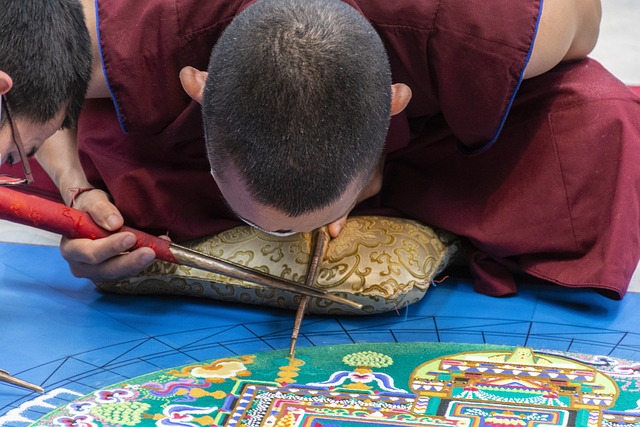
The basic pattern of the circle with a center is found in nature and is seen in biology, geology, chemistry, physics, and astronomy.
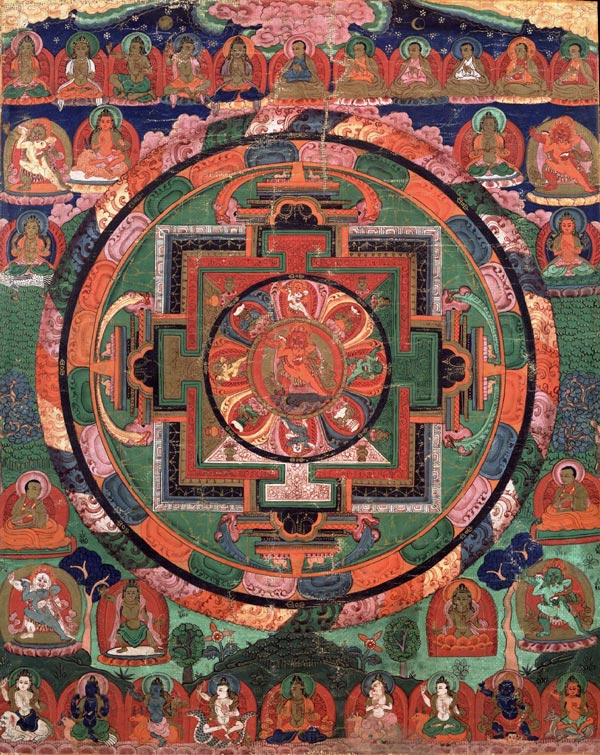
Mandala is a graphic, mystic symbol of the universe.
It is typically in the shape of a circle enclosing a square or a square enclosing a circle.
A mandala often bears symmetrically arranged representations of gods or deities.
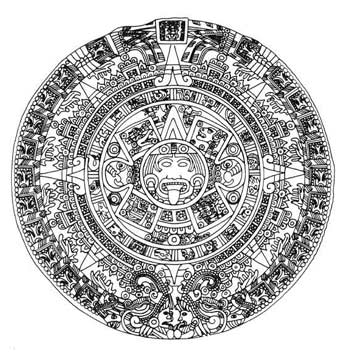
Many cultures embrace the mandala as a “circle of life” symbol, but in many cases it is often merely decorative.
quick steps:
1. Research reference images (one organic (animal) and one geometric (mechanical))
2. Trace onto tracing paper
3. Divide illystration board
4. Divide both tracings using a mirror
5. Trace organic design with a reflection (4 times) using diagonal lines
6. Trace geometric design with a reflection (4 times) using vertical and horizontal lines
7. Outline with a marker
8. Stylize lines in the corners
9. Draw 4-5 circles
10. Fill in the center and the negative space
11. Color circles (colored pencils, watercolor pencils, watercolor paint, gel pens)
12. Complete the background

